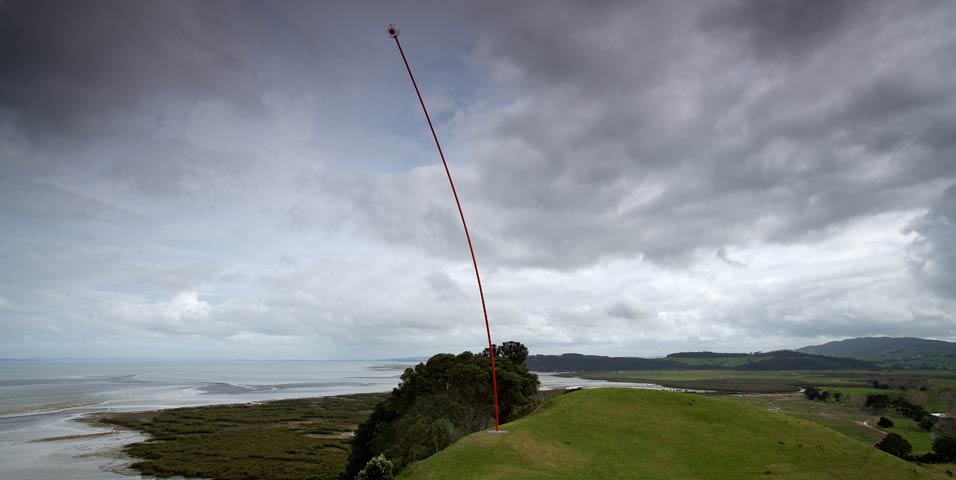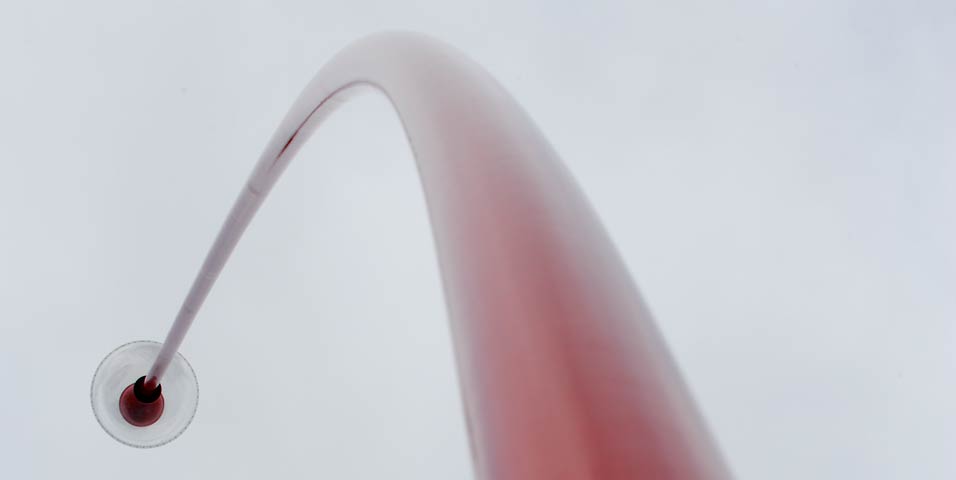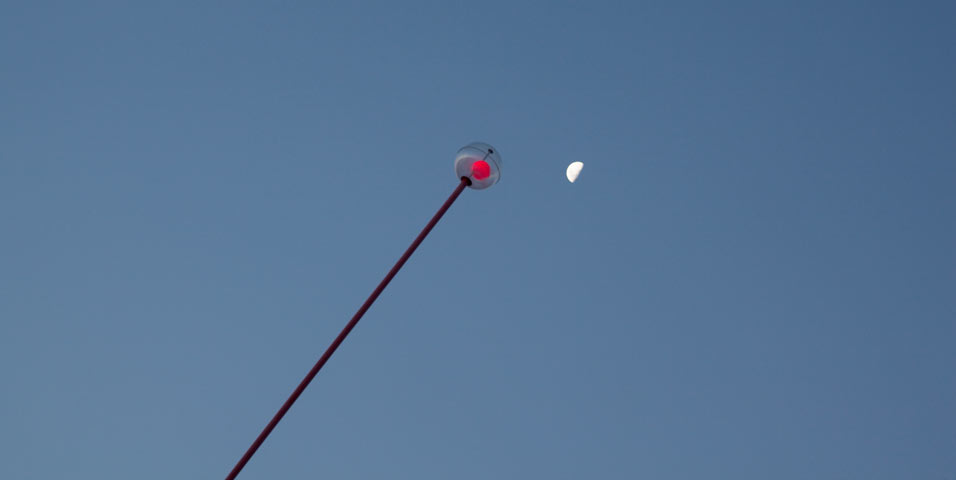© Gibbs Farm 2013

Lye is best known internationally as a film-maker. However he was also an important kinetic sculptor, from 1961 designing and making what he described as “tangible motion sculptures” and saw film and kinetic sculpture as aspects of the same “art of motion.”
Many of his experimental kinetic designs often defied the technologies of his time, and it has only been after his death that material and engineering advances have caught up with his conceptions. The Gibbs work is one such sculpture that had to wait to be realised to Lye’s specifications; and is one of a pair, the other being installed on the waterfront at New Plymouth.
Len Lye (1901-1980) was born in Christchurch, New Zealand, lived in Australia, Samoa, London and finally New York. He was a painter, kinetic sculptor (sculpture with movement), writer, theorist, musician, experimental artist, photographer and filmmaker. As a young man he was one of the first sculptors in the world to work with movement; and the sculptures he made during the 1960s and 70s are among the
best kinetic art of any period. Lye's sculptures are held in collection the Whitney Museum, New York; the Art Institute of Chicago; the Albright-Knox Art Gallery, New York, the Berkeley Art Museum, Berkley; and the Govett-Brewster Art Gallery in New Plymouth, which holds a substantial archive of Lye’s work. His films are held in various archives including the New Zealand Film Archive, the British Film Institute, the
Museum of Modern Art in New York City, and the Pacific Film Archive at University of California, Berkeley. He was honoured for his originality in 1992 when he was included in "Territorium Artis", the opening exhibition at the Kunst- und Ausstellungshalle der Bundesrepublik Deutschland, Bonn.
Wind Wand
2003
Red fibreglass tube 45m x 200mm
2003
Red fibreglass tube 45m x 200mm


